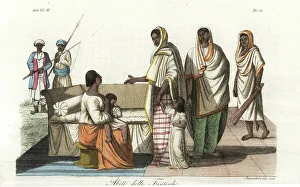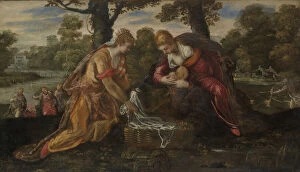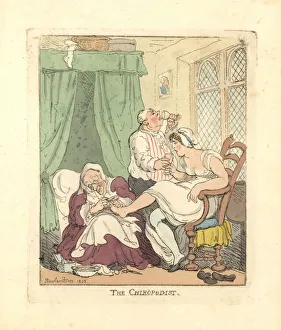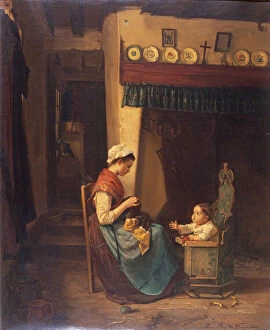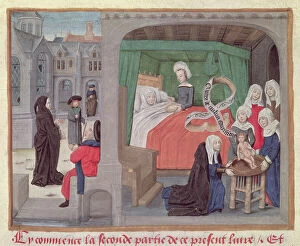Wetnurse Collection
"Wetnurse: Nurturing Bonds and Cultural Significance in Art" In the realm of art
All Professionally Made to Order for Quick Shipping
"Wetnurse: Nurturing Bonds and Cultural Significance in Art" In the realm of art, the depiction of wetnurses has been a fascinating exploration into the diverse roles and attire worn by these Indian servants. From jaliya or fisherman to harkara or messenger, their clothing tells stories of their origins and societal positions. One captivating painting that showcases this is "The Finding of Moses" from c. 1555-75. Here, we witness a dai, adorned in traditional garments, cradling baby Moses with utmost care. Her presence symbolizes not only her role as a wetnurse but also her vital contribution to nurturing young lives. Another artwork that captures the essence of maternal care is "Mother and Child. " Painted on canvas, it portrays an intimate moment between a mother and her newborn as they bond through tender affection. The artist beautifully emphasizes the importance of wetnurses like ayahs or nursery maids who provide support during these precious early stages. Julie Manet's portrait alongside her nurse in 1888 further highlights the deep connection formed between children and their caregivers. This oil painting showcases how nurses became more than just caretakers; they became confidantes and companions throughout childhood. Delving into historical artifacts, we find birth plates depicting newborns being wrapped in swaddling clothes—a practice often overseen by methranis or female sweepers. These faience plates from Lyon serve as reminders of cultural traditions surrounding childbirth that were preserved through generations. "The Wet Nurse, " painted around 1802 on panel, offers another glimpse into this world. It presents us with an image of a wetnurse tending to an infant while wearing distinctive attire associated with her profession—an embodiment of selfless dedication towards fostering healthy growth.

